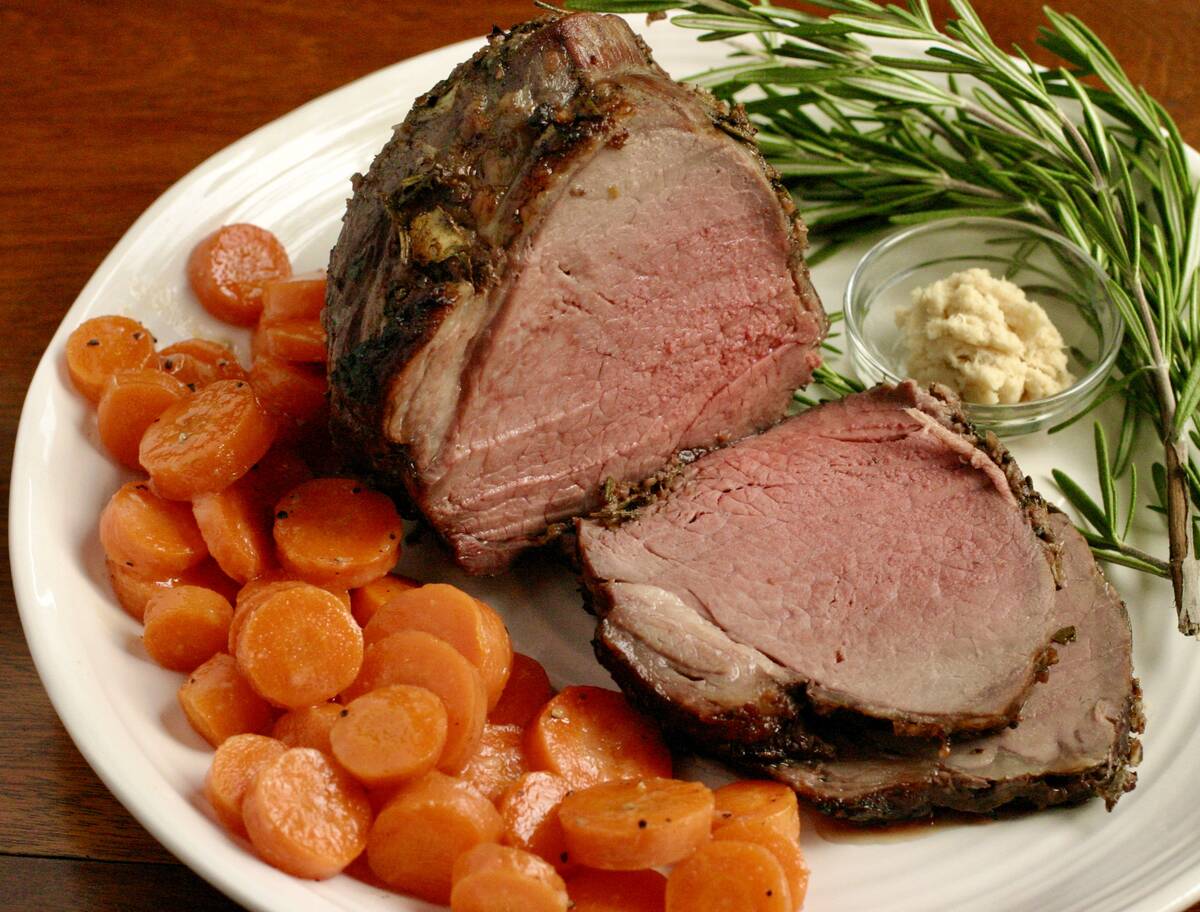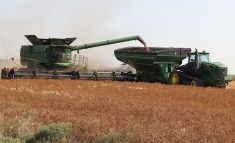Across much of the Prairies, many are staring at a whole lot of crop and not a lot of price.
Early estimates point to significantly larger production for many of the Prairie’s major crops as compared with last year, even as results vary farm to farm.
Harvest has been progressing along averages, which comes as a relief for some farms after the struggle of recent seasons. Cattle prices continue to hold strong, and a lack of overall moisture has many asking, “what’s next?” How can we make the best of this situation in which we find ourselves?
Read Also

Autumn’s arrival means it’s time to turn the oven back on
I love our seasons for the change in our meals. We no longer hesitate to warm the house by turning on the oven. There is just something about this time of year.
When you’re looking at full bins and rising calf prices, the human reflex is to hold on and hope for more. That’s not a plan. It’s a bet.
Storage has a price tag.
Bin costs, pen maintenance, insurance, shrink, quality risk and the interest on your operating or feeder lines all chip away at margins the longer you wait.
Do some quick math on storage, risk and capital costs to approximate your monthly carry cost and then compare that to the market’s spot and basis prices to make sure you’re not paying to wait.
Yes, the interest rate backdrop is easing with the Bank of Canada’s recent policy-rate cut. However, any balance carried on your operating lines still burns cash if you’re waiting for market conditions to change.
Any value tied up in your inventory is cash you can’t use to de-risk the business. Understanding and discipline beats wishful thinking.
If you’re burdened with a significant crop and not sure what to do with it, consider what you’re trying to achieve with your farm. Your answer will set your sell or hold posture, your cash buffer and your risk tolerance.
To strengthen your business, build liquidity. Sell enough, early enough to meet your due-dated obligations and hit any financial ratio targets you have set.
If you’re preparing for expansion, secure cash and credit options now. Use a layered marketing plan to mitigate risk, and carefully plot your expenditures carefully.
If you’re looking to survive, convert your inventory to cash on a set schedule. Protect relationships with your lenders and suppliers. Avoid any technical defaults and fees that will threaten your viability and make tomorrow harder than today.
All of these must start with an understanding of your cash flow.
The outflows are generally well known. Loan and lease payments, payroll, fuel bills, advance payments and the like each have a set date and dollar amount attached to them. Map these month by month.
If the accumulation of payments pushes you near the limit of your operating line limit or toward a covenant issue, then sell before there’s trouble. Clean files with your creditors are significantly cheaper than any payment extensions or “alternative payment arrangements.”
Triage your inventory by risk, not emotion.
Move what’s most vulnerable first, on quality and basis risk. Store what carries well and has a clearer improvement in basis ahead. Use your back-of-the-envelope carry cost number every time you consider “just another month.” If the market expectations don’t clear that, move a tranche and move on.
If your season blesses you with more cash than you expected, don’t let it drift into lifestyle or unplanned expenditures.
Park a portion of your surplus in a named reserve account with rules your family agrees to up front. Keep it contained in “buckets” — specific purposes that match your need and aspirations. Use it to fund education, retirement, investment opportunities or “rainy day” accounts.
Define the conditions to make withdrawals, triggers that clearly define when it can be accessed and used again, who decides and how it’s to be replenished again. Record these on paper, and have the decision-makers all sign in acceptance of the terms.
Keep it in a separate and purpose-built savings account rather than in the operating account. Make it visible in your monthly cash review, and speak to a financial adviser for advice on how it can best be used.
These strategic capital reserves will return more flexibility and long-term planning benefits than if they are swallowed by the operation or a new piece of hardware.
Big crops create choices. Rising prices create temptation. Looming drought and other risks create urgency. Cash discipline ties these all together.
Remember that liquidity buys options. It protects against shock and lets you say yes to the right opportunities for your business and your family.
If you’re unsure on direction — and most are — choose process over prediction or intuition. Map the money, price the carry, set dates and volumes for sales and have a trusted adviser check the plan.
That’s how you can best manage the year you’ve got, not the one you hoped for.
Blake Copley is a farm management consultant with Backswath Management Inc. He can be reached at 825-712-7684 or blake.copley@backswath.com.















